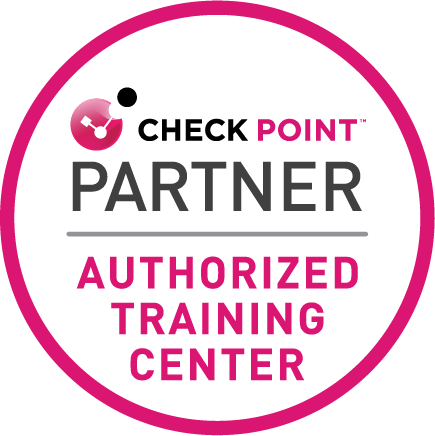Maestro Expert R81.1

ტრენინგის კოდი
CCME
ხანგძლიობა
2 დღე, 16 საათი
კურსის აღწერა
მიზანი
მოთხოვნა
კურსის პროგრამა
კურსის აღწერა
Overview
- Gain the theoretical knowledge and practical skills needed to deploy, manage, and troubleshoot the Check Point Maestro environment.





